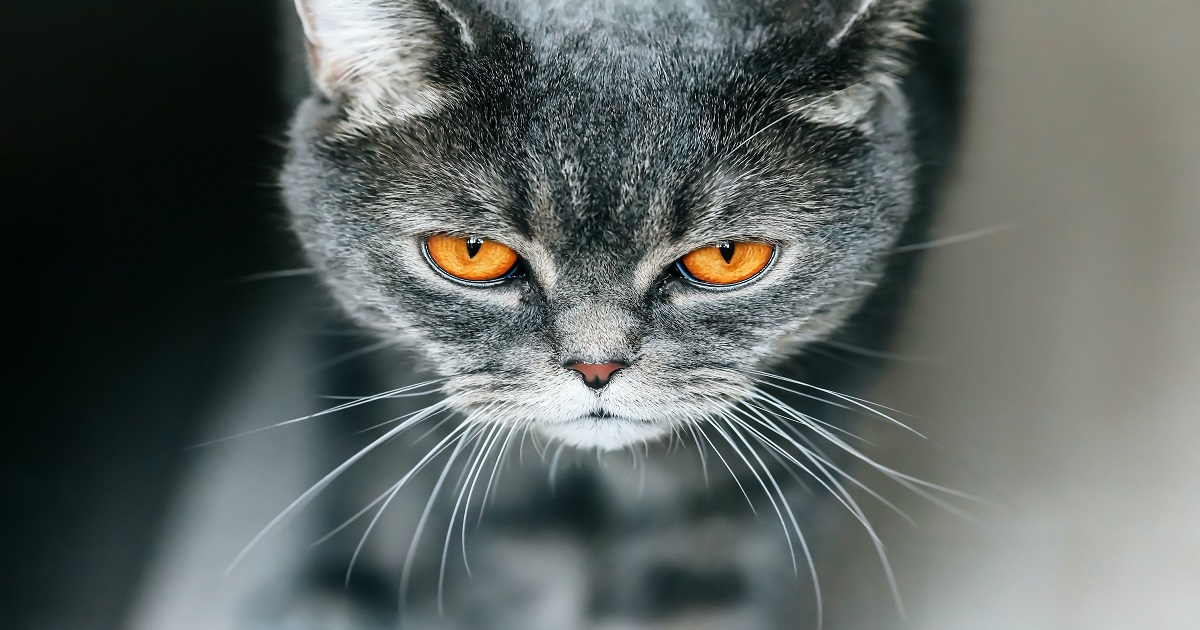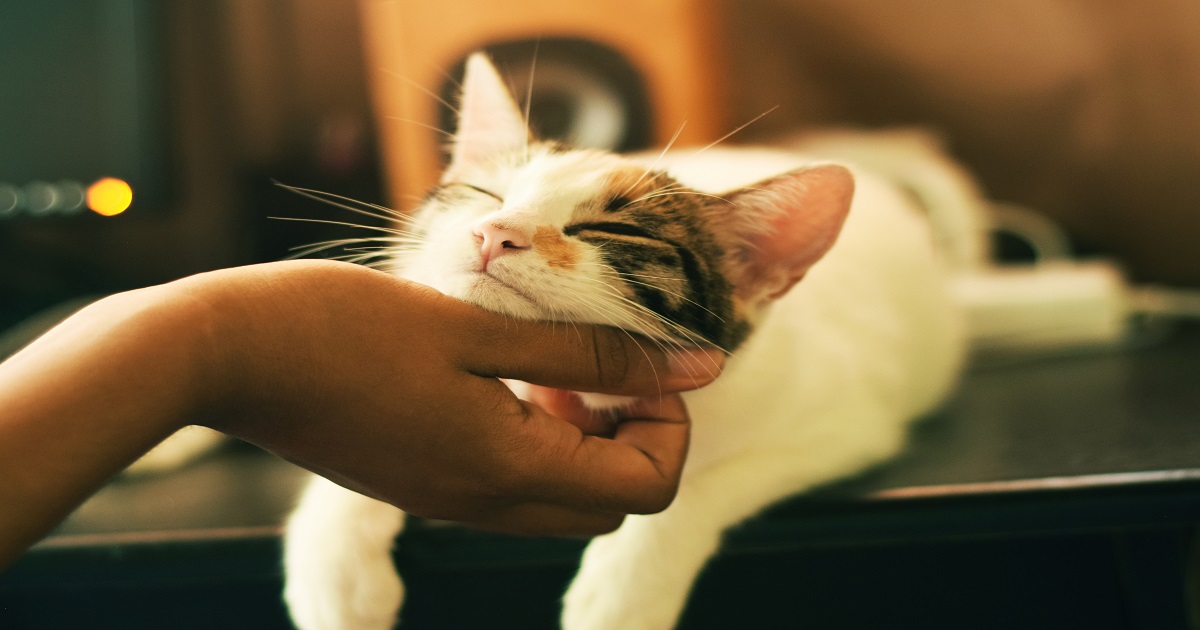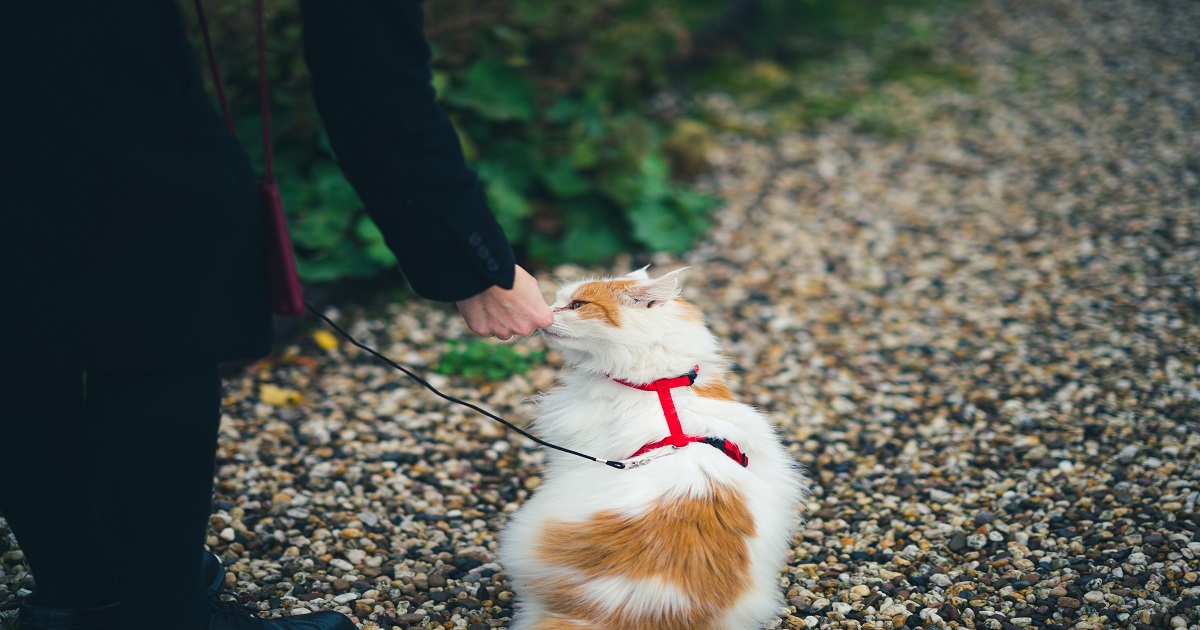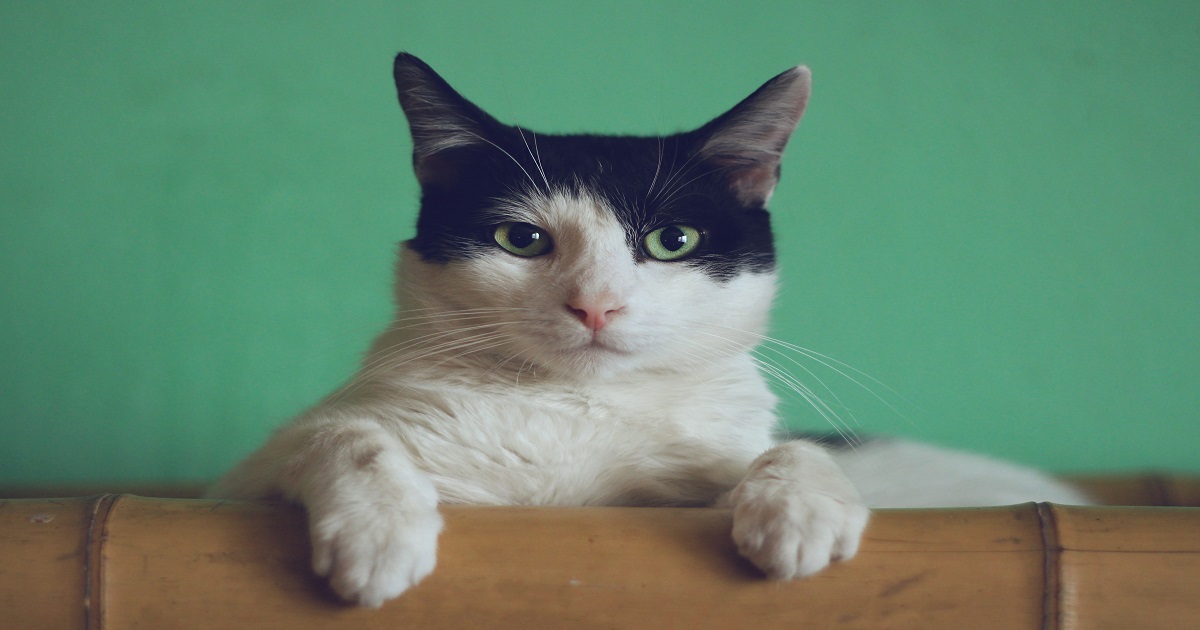Dealing with cat aggression can be tough, right? It’s not just frustrating; it can turn your peaceful home into a battlefield. But, what if we told you it doesn’t have to be this way? Let’s dive in to find out how to decode your cat’s aggressive behavior and restore peace in your household!
Why is Your Cat Being Aggressive?
Think of aggression like your cat’s personal alarm system. It’s their way of saying they’re scared, feeling territorial, or in pain.
Spotting the Signs of an Angry Kitty
Watch out for signs like hissing, growling, swatting, biting, and super-charged play. If Fluffy’s doing these a lot, it’s time to dig a bit deeper.
What’s Ruffling Your Cat’s Fur?
1. Fear or Anxiety: Cats can become the furry versions of the Hulk when they’re scared or anxious.
2. Pain or Discomfort: Cats in pain can become aggressive. If Fluffy suddenly turns into a mini lion, it might be time for a vet check-up.
3. Territoriality: Your cat might see themselves as the king or queen of the castle and could get defensive if they think their throne is threatened.
Preventing Kitty from Becoming a Roaring Tiger
1. Early Socialization: Introduce kittens to a mix of people, pets, and situations to help them become adaptable adults.
2. Playtime and Activities: Keep Fluffy entertained with toys and games to prevent boredom and keep aggression at bay.
3. Routines are Key: Cats love routines; it gives them a sense of security, helping to keep those aggressive tendencies under control.
4. Vet Time: Regular health checks are vital in spotting any discomfort or illnesses that could be causing Fluffy to be aggressive.
Managing an Angry Kitty
1. Become a Cat Detective: Keep an eye on Fluffy’s behavior and find out what triggers their aggression.
2. No to Smacking, Yes to Rewards: Smacking can make Fluffy more aggressive. Try rewarding good behavior instead.
3. Create a Kitty Haven: Make sure Fluffy has a safe, cozy space to retreat to when they’re feeling stressed.
4. Call in the Experts: If Fluffy is still regularly aggressive, it may be time to call in a vet or animal behaviorist.
5. Gradual Desensitization: Gradually introduce Fluffy to things that scare them, helping them to slowly feel less threatened.
Wrapping It Up
Dealing with cat aggression can be a challenge, but remember: understanding why your cat is acting this way is the first step to a solution. With a little patience, plenty of love, and some professional advice if needed, you and Fluffy can enjoy a peaceful, loving home together. Now, who’s ready for a cuddle with their favorite feline?







